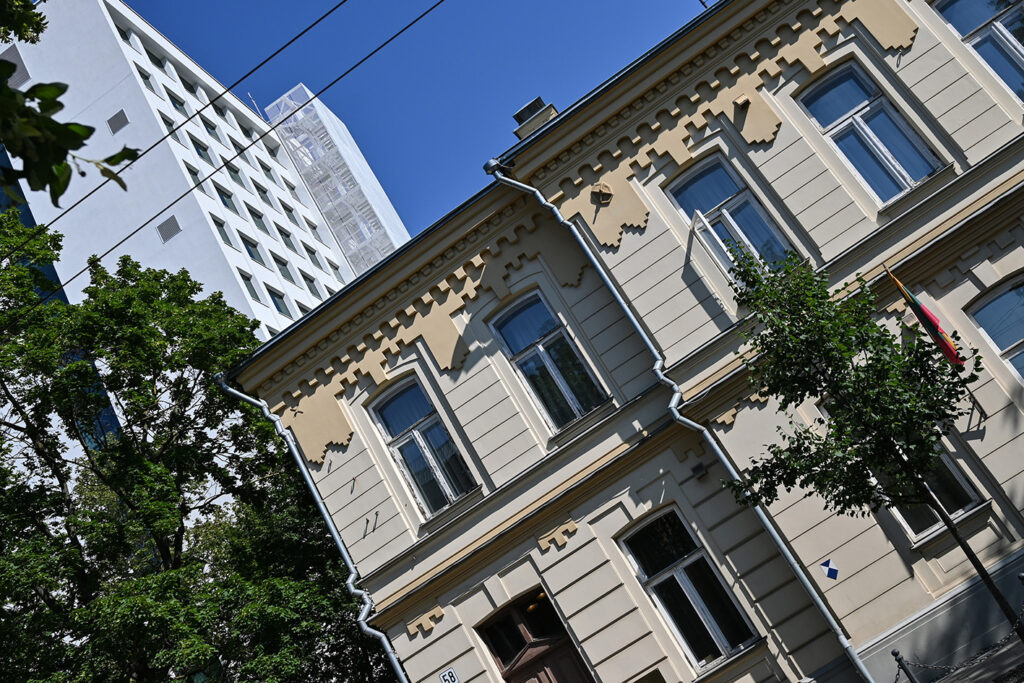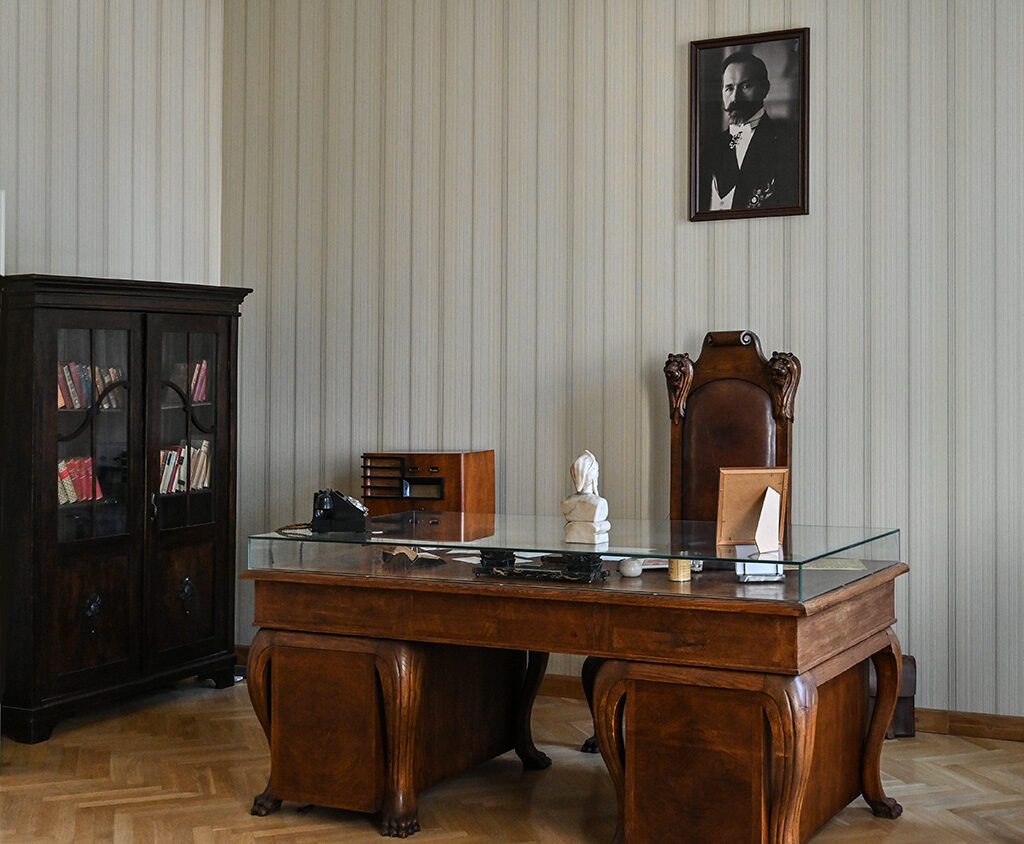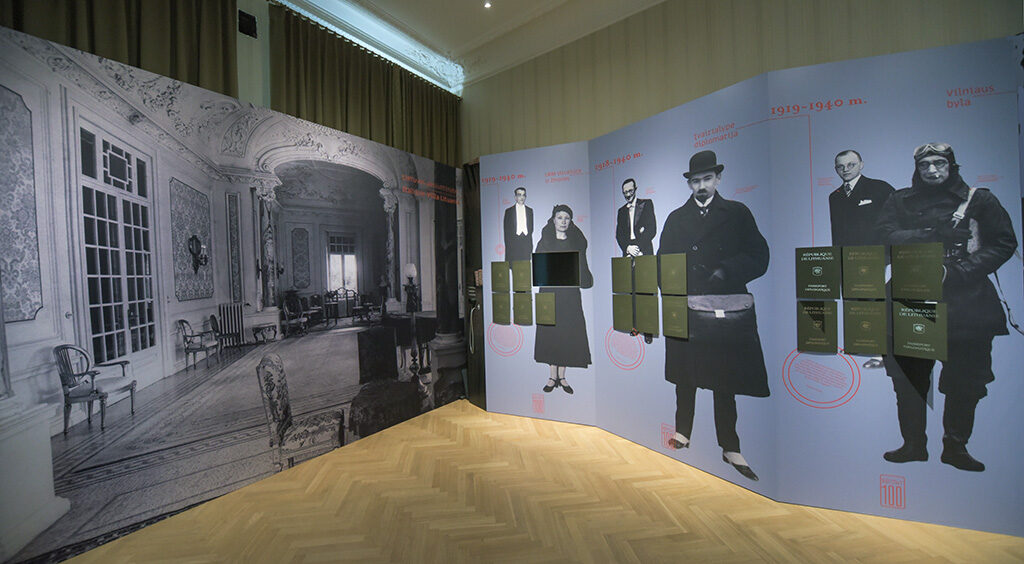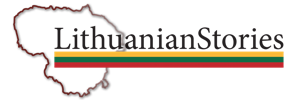Diplomacy. A word that conjures up images of complicated political maneuverings. In truth though, diplomacy and its activities are deeply connected to our life as citizens.

Through diplomacy, as well as foreign ministries, we forge international relations, we pave the way for commercial and industrial activities and we create cultural connections. Not only this, but we also give assistance and support to citizens who are both long- and short-term residents of another country. This one in particular is quite a highly topical issue in times of coronavirus, as many of us have had to rely on the support of our embassies and consulates abroad (all of them branches of the Ministry of Foreign Affairs) to find a way to go back to our home country.
WATCH OUR VIDEO
In Kaunas, we got the chance to see an interesting exhibition on the history of Lithuanian diplomacy. The location was no coincidence, as Kaunas was the capital city in the inter-war period. The exhibit was set up in the rectorate of the Vytautas Magnus University, which had housed the Cabinet of Ministries in the past. Some rooms had been the foreign ministers’ private apartments, while the Ministry offices were just a few hundred meters from there.

Lithuania, a country that many Italians and Europeans have learned to appreciate more and more, has had a pivotal role in the history of the Old Continent: from the Grand Duchy of Lithuania expanding to the Black Sea, to the adoption of the world’s second constitution in 1791 after the United States, and the declaration of independence after more that 50 years of Soviet occupation. Lithuania was the first USSR member to break from the Soviet Union. When other countries followed suit, they had Lithuania to look up to.

More than a hundred year ago, in 1918, Lithuania was able to build back its state apparatus and defend its independence. This lasted until 1940 when the Second World War broke out, followed by the first Soviet occupation, then the Nazi Germany rule and then again a second Soviet occupation. A terrible time that erased the country from the maps for over 50 years.
With the restoration of the Lithuanian state in 1918 the Ministry of Foreign Affairs was set up, its activities reaching across the world. What we call “diplomacy” though actually started before that, during the First World War: those who later would have founded the country started paving the way to reach their goal. They conducted meetings, began negotiations with foreign governments and redacted political documents.
Diplomacy, diplomatic relations and ministries of foreign affairs are among the founding blocks of a nation. They are the embodiment of a country outside its borders through embassies and consulates. The Lithuanian foreign ministry, for example, helped a lot of Lithuanians who had migrated to the United States and South America towards the end of the 19th century. Diplomatic relations did not stop during the Soviet rule: in fact, they continued thanks to officials in exile and became pivotal in keeping the idea of a Lithuanian state alive.
Visiting the four exhibition rooms you can travel through an entire era, from the First World War until today. Documents and videos help portray the steps Lithuania took to reach its independence in 1990, the origins of diplomatic relations and their continuation in exile during the Soviet occupation. The pictures on display help you immerse yourself in a different era, not to mention the room where the cabinet of the minister of Foreign Affairs Stasys Lozoraitis (1934-1938) was rebuilt, from the original furniture down to a few personal possessions.
We had an excellent guide with us: Alfonsas Eidintas, one of Lithuania’s leading historians, who curated the exhibition.
If you want to visit it, you must book your spot by writing to: diplomatijos.paroda@vdu
(translation by IngleseAmericano )
Thanks to professor Mr. Eidintas and Diana Zarembiene of Ministry of Foreign Affairs of the Republic of Lithuania
WATCH OUR VIDEO

